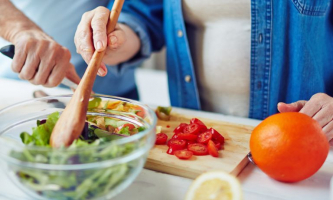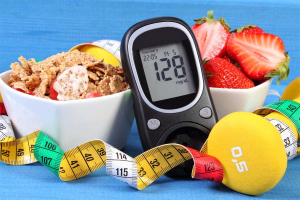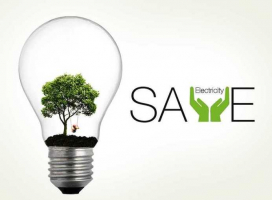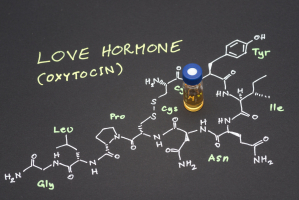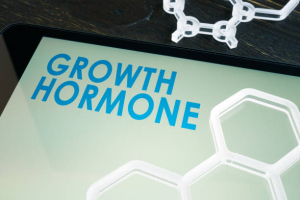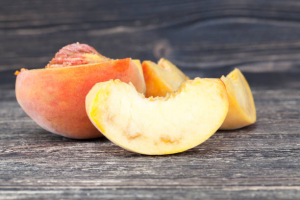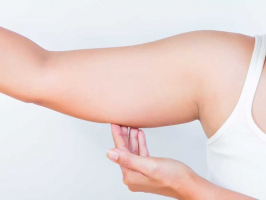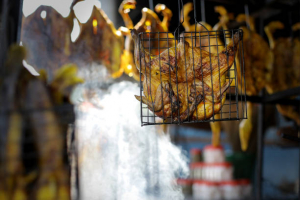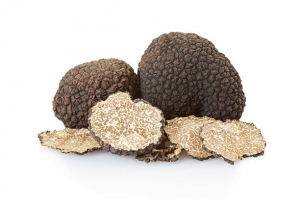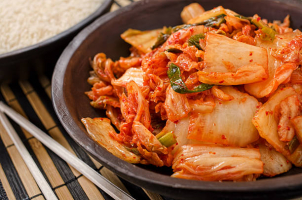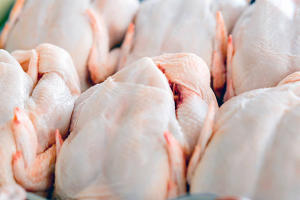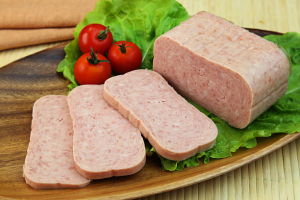Top 3 Best Ways to Prevent GPU Thermal Throttling
It's possible that your device is experiencing a problem called GPU thermal throttling, which can cause games to run slowly and perform poorly. This happens ... read more...when the graphics processing unit (GPU) exceeds the temperature limit set by the manufacturer, and as a result, it reduces its clock speed and performance to prevent overheating. Here are some ways Toplist offers to prevent or minimize GPU thermal throttling.
-
You may immediately think of reducing GPU load. Please limit working or using your GPU too much. If you use it too little, the device will saturate itself and lower the temperature.
You can do it like this:
- Reduce the graphics settings in the game, as this can cause the device to use the GPU a lot.
- Limiting the FPS in your game, and limiting rendering too many frames, puts the GPU at risk of damage.
- Using V-Sync can help you avoid negative issues with your game settings and find the best settings for your hardware through trial and error. However, it should only be used as a last resort when other methods are not effective.
- If you're using a laptop, using a low or balanced power plan can also help reduce GPU load and limit the amount of power your GPU uses. This can help regulate battery life and use less energy.
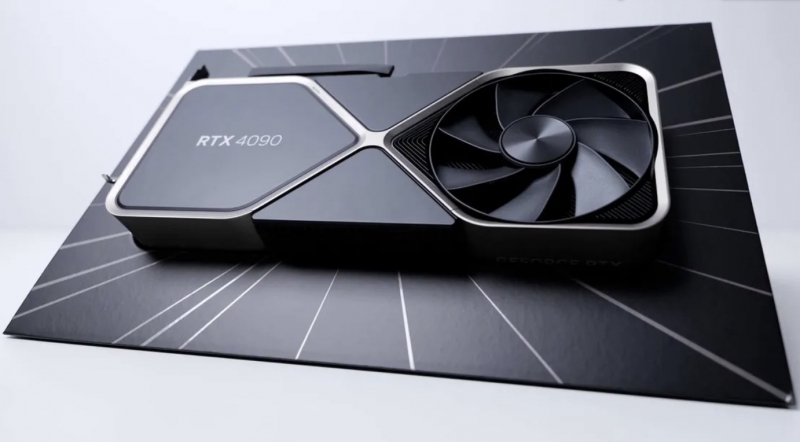
Reduce GPU Load 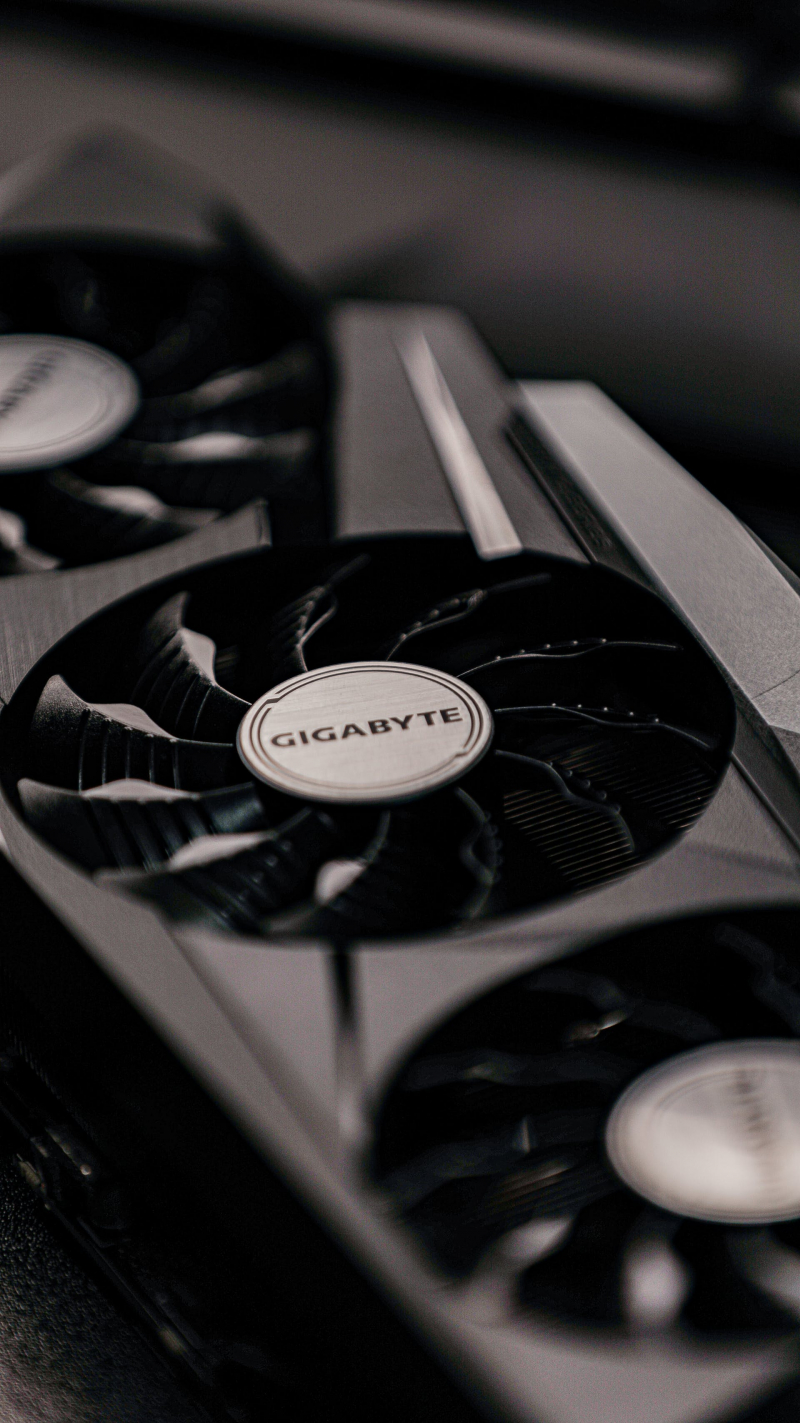
Image by The masked Guy via pexels.com -
The next way is that you will apply the cleaning method to your GPU. If the CPU has too much dust, it will cause the fan vents to become clogged with dust, and the cooling systems cannot draw in as much air to cool the GPU, leading to heat retention. You should clean the fan vents, removing any dust if possible, to keep the cooling running properly.
- Prepare a can of compressed air a dust blower and a spray bottle with a small nozzle to remove most of the dust from the fan vents.
- Thermal resealing with thermal paste can also be a big help in maintaining consistently high temperatures, especially if you're using a high-performance laptop with power-hungry components.
- However, if you are experiencing extremely high temperatures (around 190 degrees F or more) even when your GPU is idle, it may not be cooled enough. At this point, a thorough system maintenance regimen will be able to fix that.
Youtube: https://www.youtube.com/watch?v=n7NMeu0QiYk
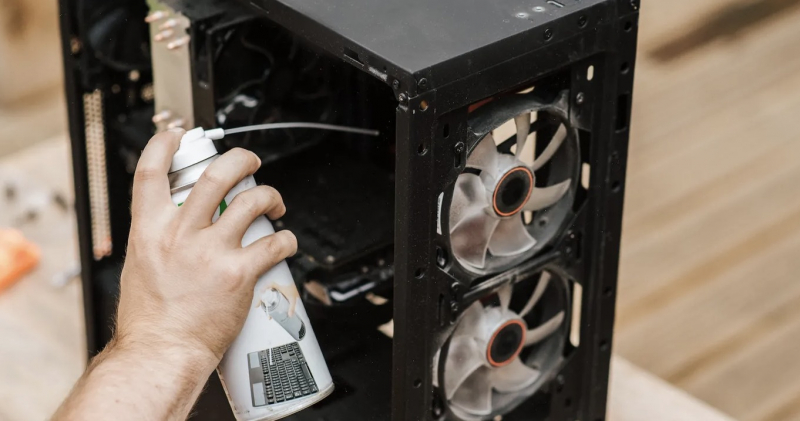
System Maintenance System Maintenance -
The third way that Toplist wants to share is that you need to reduce CPU load and try it out if reducing voltage can also be a viable solution. It helps you reduce GPU power consumption while maintaining stable core and memory clock speeds.
- Luckily, undervolting is also much safer than overclocking, meaning you're less likely to push your hardware to the brink of failure. That means it manually adjusts and restarts over and over again.Try to do it right to get the best GPU performance possible.
- Tools like MSI Afterburner are your best friends here.
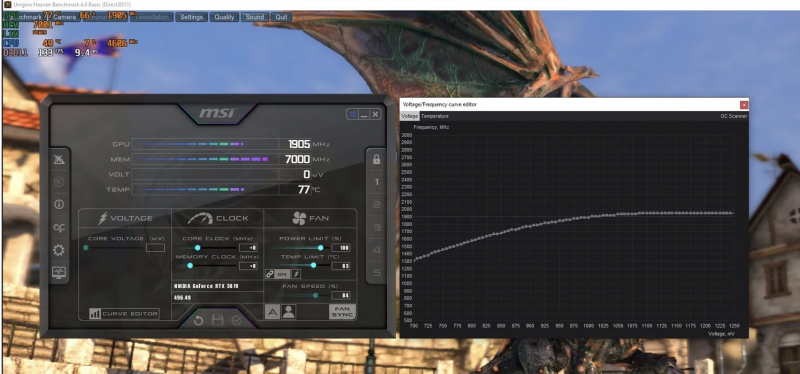
Undervolt Your GPU 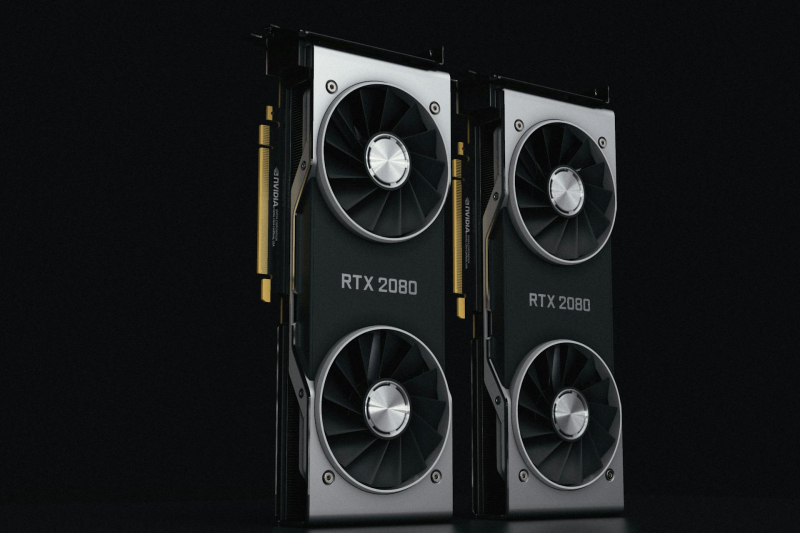
Undervolt Your GPU






